Description
- SUFFICIENT ENERGY—- High conversion rate, high efficiency output, excellent weak light effect.
- HIGH QUALITY—- High quality epoxy resin, unique technology to make the components beautiful and strong, anti-wind and snow, increase the service life of solar panels.
- DIY YOUR OWN SMART MODEL—- Build your own powered models, solar toys, solar lights, solar displays, charging small DC batteries. It can be used for teaching purpose. Many of our customers come from school, colleague, etc.
- EDUCATION—- Solar panels are devices that absorb sunlight and convert solar radiation directly or indirectly into electricity through photoelectric or photochemical effects, it’s perfect devices for science project.
- CONNECT SOLAR PANELS IN PARALLEL OR IN SERIES—- When the voltage of your solar panel doesn’t satisfy your storage battery, you can take two or more same solar panels together in series. Such as, two 6v solar panel connects together in series, so its voltage is 12V. When the voltage of solar panel satisfies your storage battery. In order to speed up the rate of charge, you can take two or more same solar panel together parallel connection.



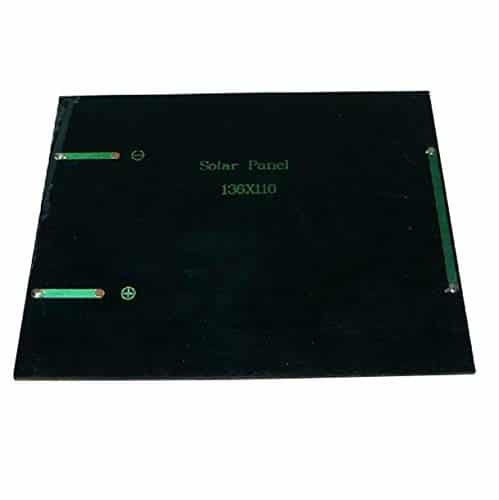
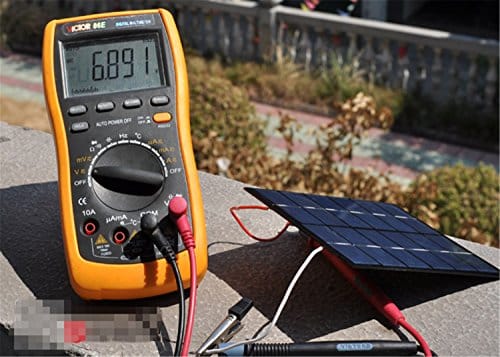


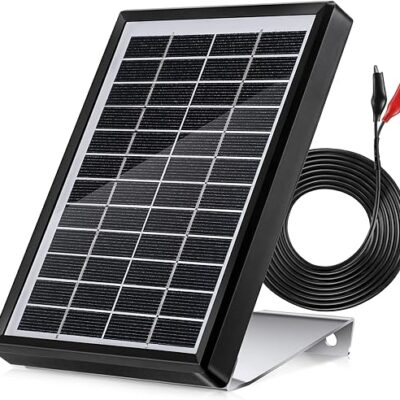
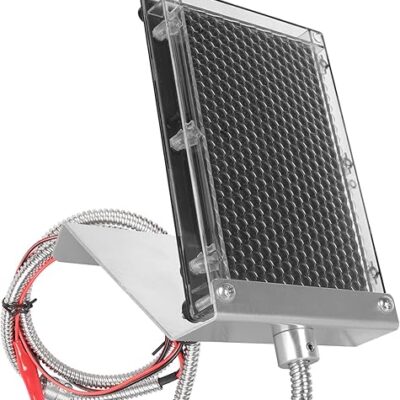
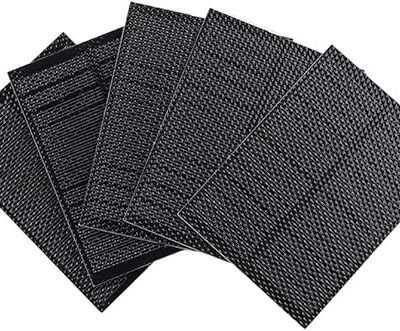
David –
I am using these to charge lithium batteries to run outdoor lighting — seasonal (Christmas lights far from the house), and to light our driveway. They work quite well and have no problems with weather, including being burred in snow :-).
But watch soldering the connectors to the board (heat the pads no more than absolutely required for the solder) and use stress relief on the wires once attached. The solder pads look big, but are not strong. Once attached and with the wires fixed so that they do not pull on the board — no problems at all.
Eric and Fam –
I bought and tested 2 of these in direct June sunlight close to peak hours (in America), and got a short-circuit current of about 185 mA with open-circuit voltage around 6.9 Volts for the first one, which comes out to 1.28 Watts. The second panel had V = 6.56 V and i = 280 mA which comes out to 1.84 Watts. So both were pretty far off from the stated voltage and current values, and both fell short of the 2 Watt stated power output in my testing.
They work but their output will probably be a fair bit off the stated values. Understandable for the price. They’re still okay for experimenting and little projects where the values don’t have to be exact.
systemguy –
Panels are ok for experiments, small curious minds.. as far as using them for what I needed to use them for.. not going to work. They need to be in direct sunlight, but the plastic film covering the panels turns white in direct sunlight and bubbles up. Blocking the direct sun light. Not sure if this film should be removed as a protective film over the panels, or if it is part of the “snow proof” protection ? Will not buy again with out knowing what this film is for.
Yesica d. –
The webpage listed these solar cells at a maximum of 6 V. Even with late afternoon sun in Winter, the cell I measured put out over 15 V. There is no way I can use them, even with Zener regulation, for the 5 V charging current that I needed. The cells are fine, if you need the higher voltage, just NOT anywhere near 6 V. They appear to be the Sunnytech 3W 12 VB047 arrays, not the 6 V B031 arrays listed on this webpage. The label for this B031 unit was stuck on over a B047 label. That is the 12V, 330 mA version of their arrays. They are not usable if you really wanted the 6V version.
James –
very good for small personal projects I wouldn’t leave it out in the sun for too long or dramatic Heats like in Florida which is where I live I probably would say that I wouldn’t want it to get above 130 Fahrenheit at that point the epoxy or whatever is on top of it will start bubbling but if you were to use it indoors next to a window would work perfectly or if you don’t care about it and hook it up to a light bald that would work too
Christophe –
I wired two of these in series to power a small audio amp. They work well, especially since the amp is pretty forgiving. It functions at any voltage between 9 and 24 volts. So no charge controller needed.
Open circuit current is about 300 mA. But all solar cells are sensitive to heat, and as they heat up, current drops considerably.
These panels can power the amp at medium volume levels with direct sunlight. I wired them to a set of Li-Ion batteries with a diode to prevent backfeed. When I test in direct sunlight on a hot day, about 170 mA of current is available for the amp and batteries.
These panels won’t power a significant load. But they can power a small audio amp with about 2 Watts. As a bonus, they charge the batteries a little and prolong battery life.
This was a fun, worthwhile project.
-Chris
Christophe –
With afternoon sun shining through my patio door and onto this solar panel, my voltmeter reads almost 7V coming out of the terminals of this panel – nice! This will help charge my 6V-rated device faster. However, if you’re looking for exactly 6V (as the product description says), you may want to first check your panel with a multimeter.
For me, I recently bought a Ring.com doorbell (they released a new HD version), and relegated the previous first-generation one to back-yard duty. The neat thing about the first-gen device is that it can operate on battery power. The bad news is that I have to charge it every few months or so. But, by hooking up this solar panel to it, I hope to never needing to charge the sucker! : )
TiedStatistic –
I was thinking that will not work but I used daily on my feeder at hunting ranch and works good recommend for the price I use to buy same 6v for 30 dllrs at academy